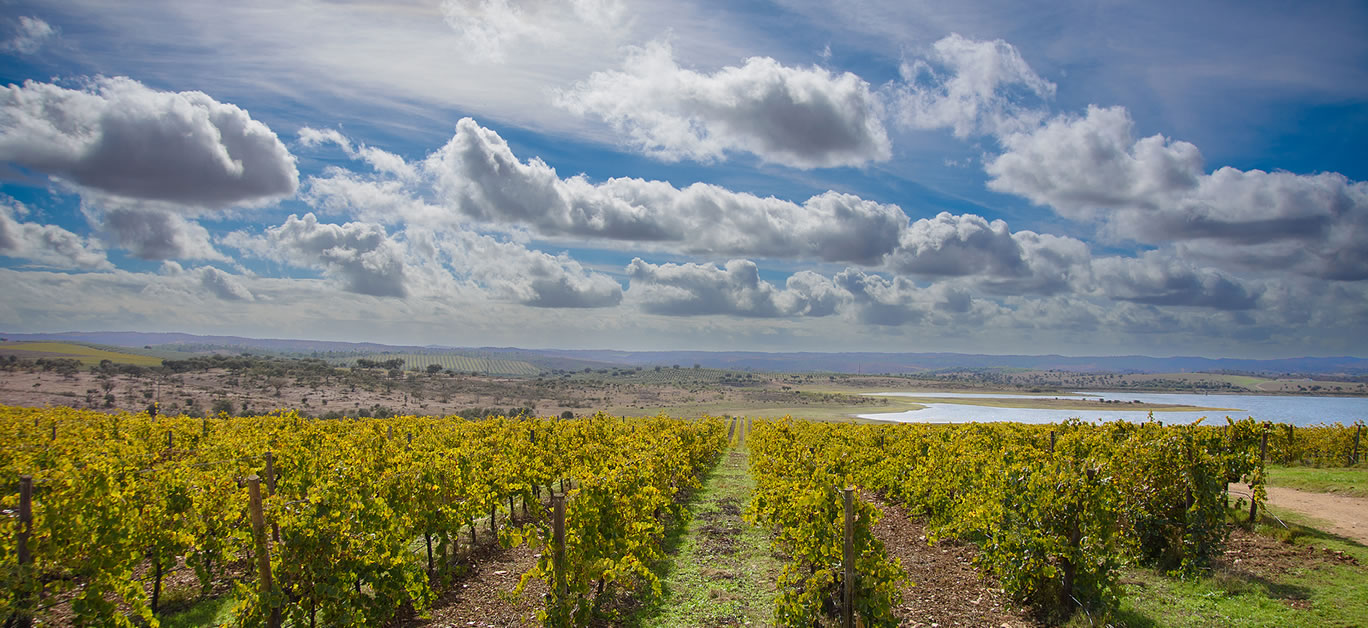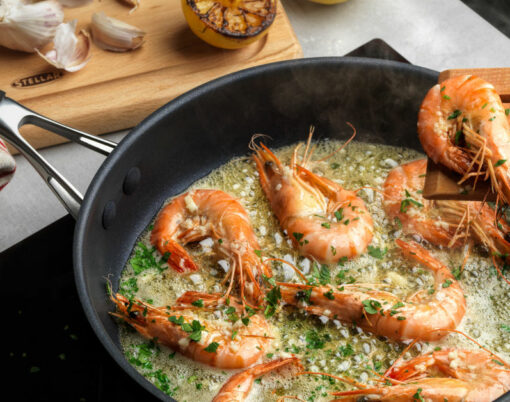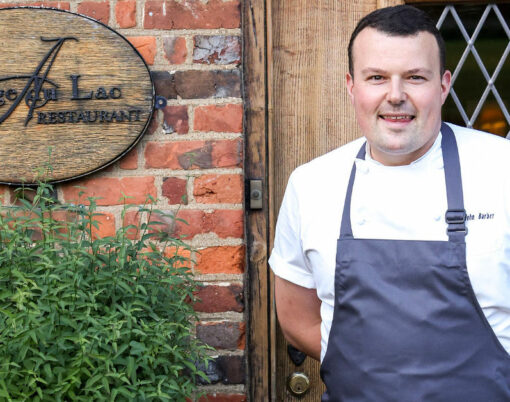One of the many exciting things about the world of wine is how it changes and adapts. We will always have the classic regions, but as we learn more about the climate and grape varieties, new regions emerge or are rediscovered. Here, Lauren Denyer, a wine educator from The Wine and Spirit Education Trust (WSET), explores five emerging regions to keep an eye on over the next few years.
Sierra de Gredos, Spain
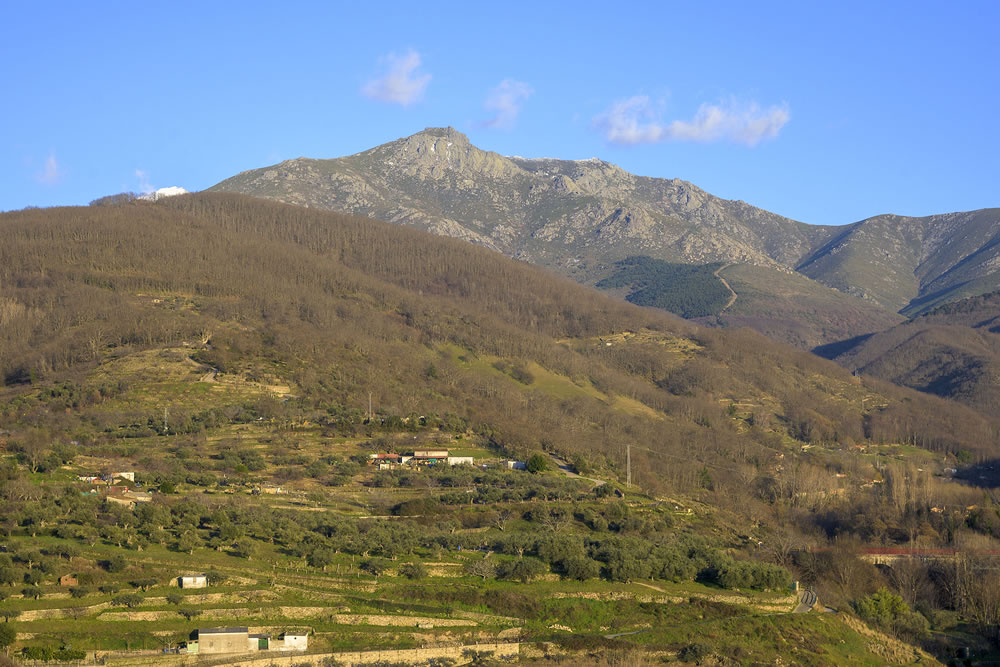
80km in the mountains west of Madrid, one of Spain’s most important grape varieties, Garnacha, is grown to produce wines made solely with that grape variety. Wine has been made here for a very long time but it is only in the last 10 to 20 years that it has been truly quality focussed with young, upcoming winemakers putting their mark on these wines.
You can expect extremely fruit-forward crunchy berry delights, quite high alcohol but really fresh on the palate. There are also quite a few producers doing lower intervention styles which are quite funky and earthy and will appeal to lovers of natural wines. This part of Spain and style of wine recently made its way onto the WSET Level 4 Diploma syllabus.
Patagonia, Argentina
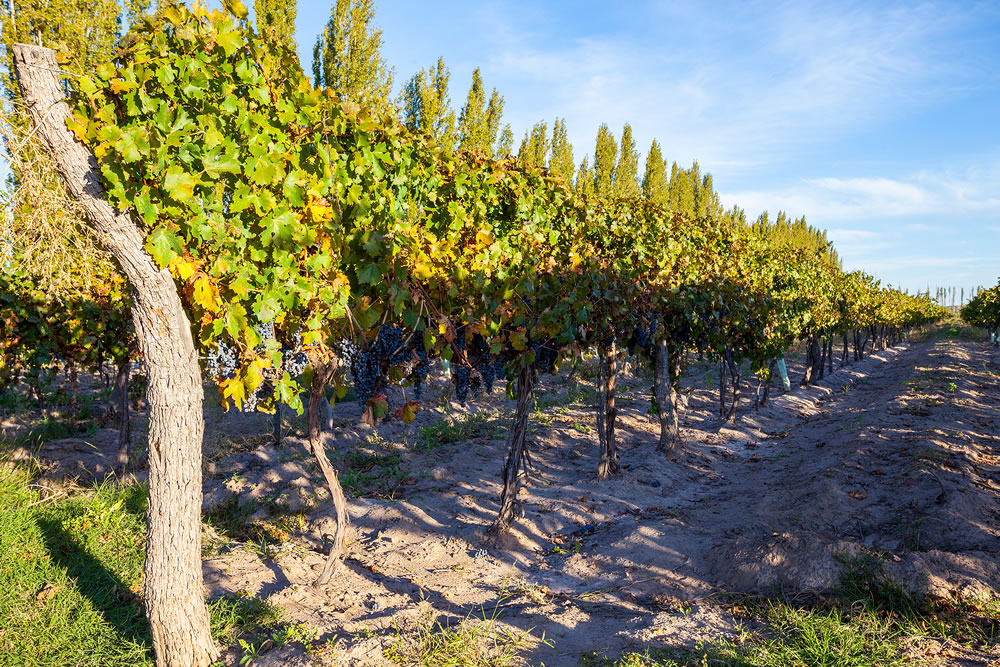
Down in the south of Argentina, nearing the Antarctic, wine producers have been discovering the potential for growing cooler climate grape varieties and have also rediscovered more historic regions.
Río Negro, in the northern part of Patagonia has terrific old vines and investment from very established premium producers from Europe. Neuquén, a bit further west, is a very new region with plantings of Sauvignon Blanc, Chardonnay, Pinot Noir and, of course, Malbec.
These styles are as fresh and pure as they come, made in very modern wineries in fruit driven styles. The furthest south is Chubut where you can find highly aromatic Riesling and Gewürztraminer.
Essex, UK
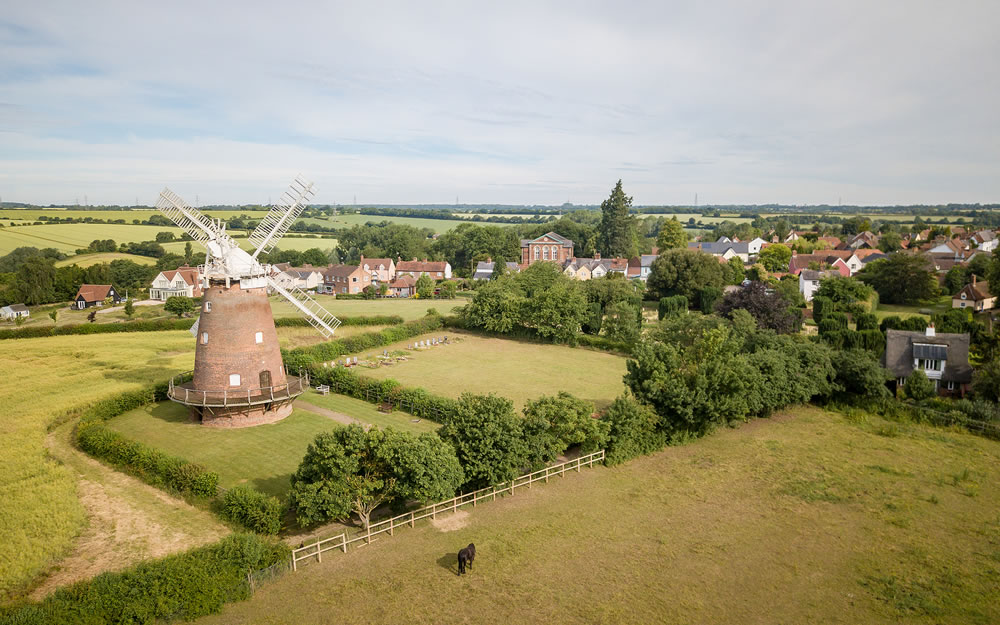
Over the past 30 years, through trial and improvement, the English wine producers have been striving to produce world-class wines. Well now they are, and WSET level 4 Diploma students have the opportunity to learn all about them for their sparkling wine studies.
This English quality sparkling wine is often likened to Champagne, made with the same grape varieties and using the same traditional method.
Sussex and Kent are firmly on the map but bordering Kent is Essex where we find Crouch Valley, one of the warmest and driest parts of the UK with a clay soil well suited to grape growing. Many grapes grown there are currently being sold to more famous wineries outside of Essex due to their high quality but there are a few boutique producers and that is sure to increase. Look out for great bubbles and still Chardonnay and Pinot Gris wines.
Bairrada, Portugal
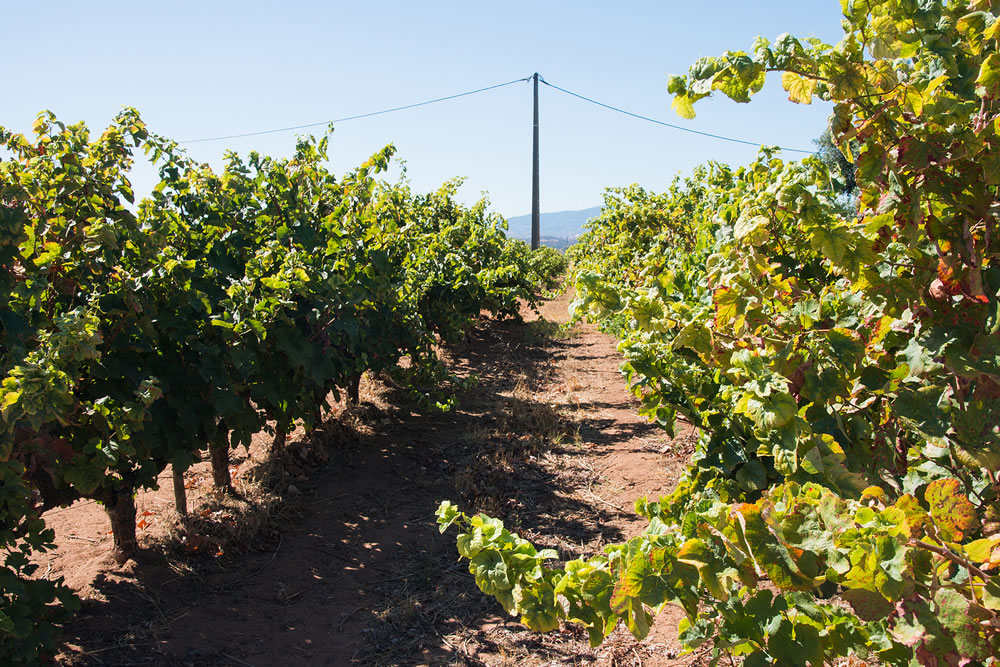
Bairrada has been around for a while but remains lesser known on the global wine map. It is a maritime region just south of Porto and is a classified Denominação de Origem Controlada wine region, ensuring the quality of the wines made there. Many native Portuguese grape varieties can be found there, but there are two specifically that make wines that are unlike anything else you can find anywhere else.
Baga is a local black grape variety capable of making stunning world-class wines. With extremely passionate winemakers in the region who are rightly very proud of this variety there are many top examples to be discovered. The winemakers are so fond of this variety that there is actually a group of them called ‘Friends of Baga’.
If you like Pinot Noir or Nebbiolo (the grape that makes the prestigious Barolo wines) then you will love red wines made from Baga from Bairrada. They are floral, herbal, red cherry delights with good firm tannins and are delicious with food. In Bairrada, this would be suckling pig.
Baga does not just make complex red wines, it is also used to make sparkling white wines and rosé wines – not many people know that the famed Mateus Rosé wine is made predominantly from Baga.
Another local white grape variety is Maria Gomes (also known as Fernão Pires). This grape variety is known for its aromatic and fresh acidity and makes absolutely delicious sparkling wines which easily rival Prosecco and deliver great value for money. The still wines made from this grape variety are equally zesty, floral and fruity, perfect for the summer months.
Alto Adige, Italy
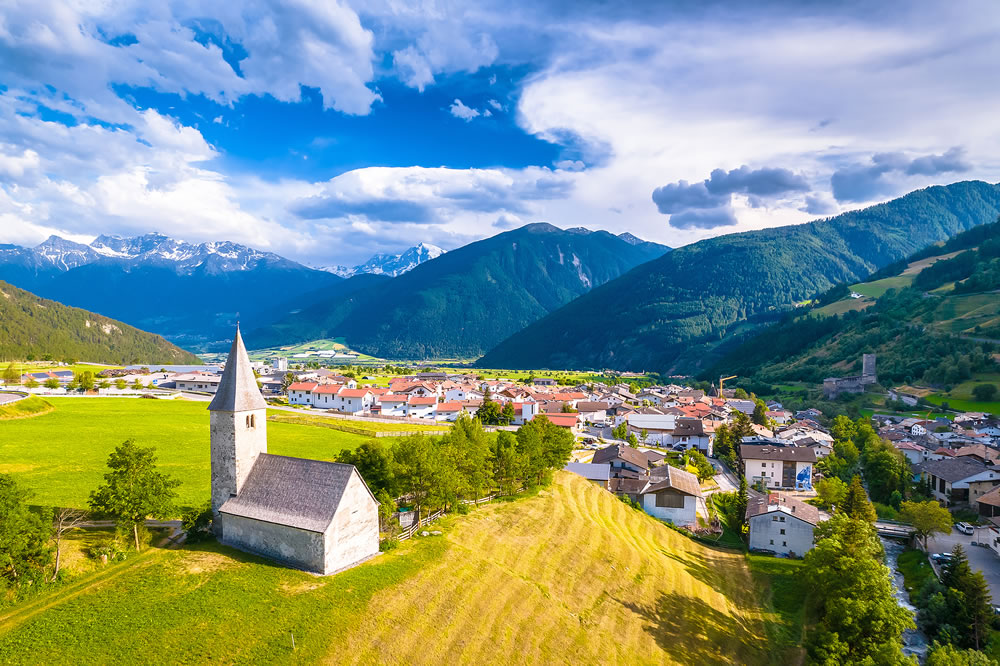
When thinking of Italian wine regions many Italian wine fans think of Tuscany, Veneto or Piemonte – fabulous wine regions where many classic wine styles can be found. Lesser known but further emerging onto the global wine scene is Alto Adige, an Italian region producing an inordinate amount of wonderful, high-quality world-class wines.
Ascending into the Dolomites, with vineyards surrounding the beautiful mountain-framed city of Bolzano and along the banks of the Adige river, an array of grape varieties are grown including native Italian varieties alongside international, familiar varieties. The new generations of winemakers here are rapidly making their mark on this region, focusing more on sustainability and biodynamic farming than their forebearers. The results are bright, precise, extremely well-made wines which have great varietal identity, yet seem to radiate the clean air and beauty of their origins.
This region also has something for everyone. Some of the best, most expressive examples of Pinot Grigio are produced here, alongside floral and complex examples of Pinot Bianco (Pinot Blanc). Lovely light and fresh Pinot Nero (Pinot Noir) as well as mineral Chardonnays, spicy, aromatic and zesty Gewurztraminers as well as vibrant fruited, herbal and complex Cabernet Sauvignon wines.
That is not to mention their native varieties, including Kerner, a white grape variety that makes sleek and spicy fresh white wines, Schiava, a black grape variety that makes light summery, violet and cherry reds and Lagrein which is responsible for some fantastic, fuller bodied, deeply coloured oaky and complex red wines.
Bordering Austria and with a shared history, don’t be surprised to see wine labels displaying both German and Italian. Alto Adige is a fascinating region and should be on any wine lover’s list of tasting destinations.












